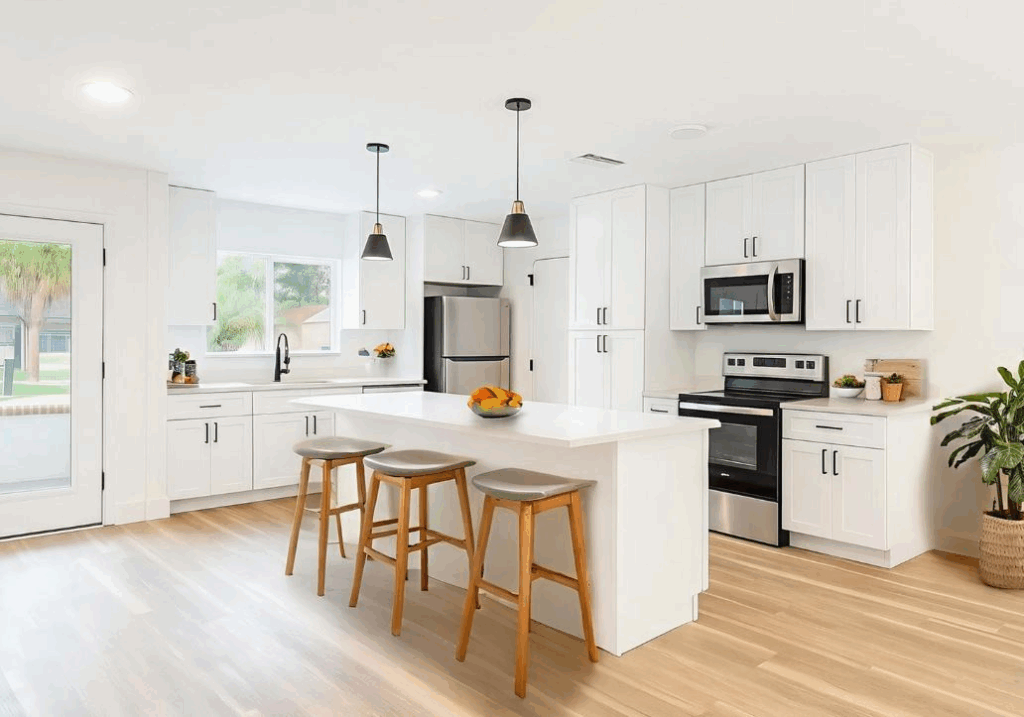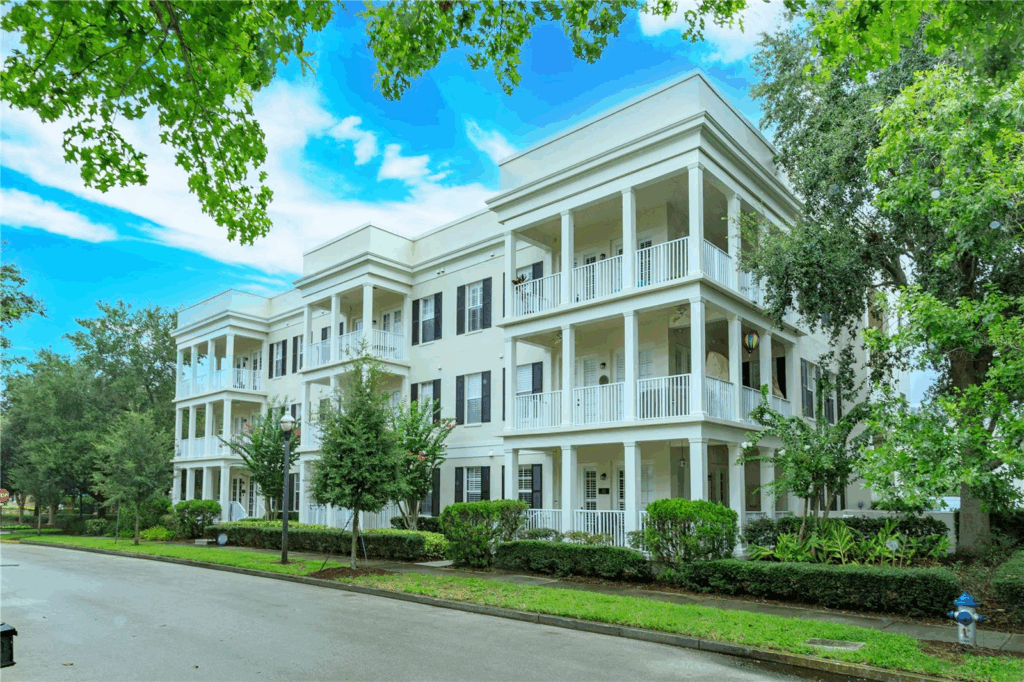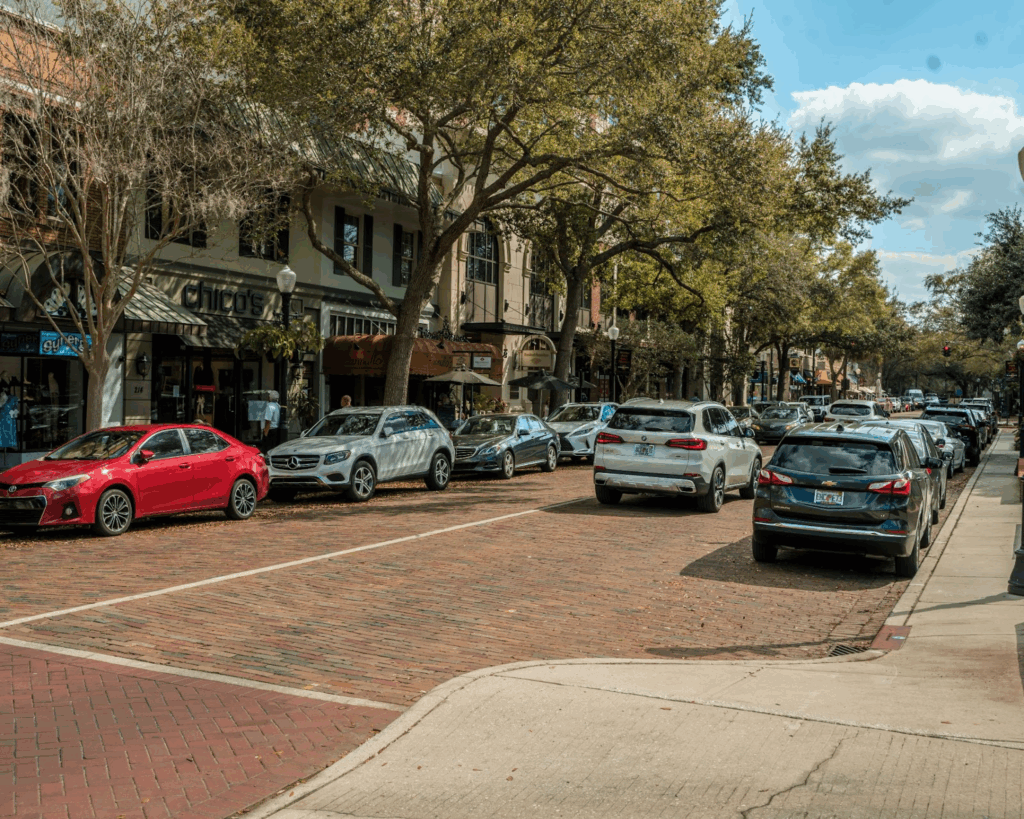How to Sell Your Home Faster With Virtual Staging
Leave a Comment
In today’s competitive housing market, presentation is everything. Buyers no longer begin their home search by driving through neighborhoods or touring dozens of properties in person. Instead, they start online, scrolling through listing photos and deciding within seconds whether a home makes their shortlist. This is where virtual staging comes in.
Virtual staging uses digital technology to furnish and decorate vacant or sparsely furnished homes, allowing buyers to envision the full potential of the space. For sellers looking to stand out, virtual staging can be an effective and affordable tool to help a home sell faster and often at a higher price point. In this article, we’ll explore how virtual staging works, its benefits, best practices, and why it might be the key to getting your property sold quickly.
What Is Virtual Staging?
Virtual staging is the process of using software to digitally add furniture, décor, rugs, and other design elements to photographs of an empty or minimally furnished home. Unlike traditional staging, which requires renting physical furniture and hiring a professional to set it up, virtual staging is done entirely online.
A vacant living room can instantly be transformed into a cozy, modern lounge. A blank bedroom can become a serene retreat with a stylish bed and artwork. Even outdoor spaces can be enhanced with digitally added patio furniture or landscaping. The goal is to help potential buyers imagine themselves living in the home, making the property more appealing from the very first click.
Why Staging Matters in Real Estate
Before diving into the unique benefits of virtual staging, it’s important to understand why staging matters at all. According to the National Association of Realtors (NAR):
- 81% of buyers said staging makes it easier to visualize a property as their future home.
- 47% of buyers’ agents reported that staged homes had an effect on most buyers’ view of the home.
- 23% of sellers’ agents said staging increased the home’s dollar value by 1–5%.
These numbers highlight what seasoned real estate professionals already know, buyers are influenced by presentation. A beautifully staged home feels inviting, memorable, and easier to imagine as “home.” When buyers connect emotionally, they’re more likely to schedule a showing, make an offer, and compete with other buyers.
The Benefits of Virtual Staging
Virtual staging offers many of the same advantages as traditional staging but with added flexibility and lower costs. Here are the key benefits:
1. Affordability
Traditional staging can cost thousands of dollars, especially if professional furniture rental is required for several months. Virtual staging, on the other hand, is typically priced per photo and may cost between $30 and $100 per image. For an entire home, this often totals just a few hundred dollars, a fraction of traditional staging expenses.
2. Faster Turnaround
Traditional staging involves delivery schedules, setup crews, and multiple consultations. Virtual staging can be completed in as little as 24–48 hours once photos of the property are submitted. This quick turnaround allows sellers to get their listing online faster.
3. Flexibility of Style
Different buyers have different tastes. With virtual staging, it’s possible to create multiple versions of the same room, one styled with sleek, modern furniture, another with cozy, farmhouse-inspired décor. This helps appeal to a wider range of buyers without the physical limitations of staging inventory.
4. Highlighting Key Features
An empty home can feel cold and make it difficult to judge room sizes. Virtual staging places the right furniture in the right spots, helping buyers understand the flow and scale of each space. For example, adding a dining table shows that a smaller area can comfortably accommodate family meals.
5. Marketing Impact
Since buyers often search online first, high-quality listing photos are essential. Professionally staged images are more eye-catching and more likely to keep a buyer engaged with your listing instead of scrolling past.
How Virtual Staging Helps Homes Sell Faster
Homes that sit on the market for too long often end up with price reductions. Virtual staging helps combat this by making a strong first impression online, drawing more interest, and motivating buyers to schedule tours. Here’s how it speeds up the selling process:
Attracting More Views
Real estate platforms and MLS sites are crowded with listings. A home that looks bare or outdated can get overlooked. Virtual staging helps create scroll-stopping photos that encourage more clicks, increasing the chances of securing showings.
Helping Buyers Visualize Potential
Many buyers struggle to see beyond empty rooms. They can’t always picture where the couch should go or how to decorate the space. Virtual staging eliminates that guesswork, allowing buyers to envision a lifestyle within the home, which can shorten decision-making time.
Standing Out in a Competitive Market
If similar homes are listed in the same neighborhood, the staged photos will typically grab more attention. This differentiation can help your listing generate more traffic and potentially multiple offers.
Supporting Higher Offers
When buyers feel emotionally connected to a home, they’re more likely to make a competitive offer. While staging itself doesn’t directly raise the market value of a property, it does increase perceived value, sometimes resulting in faster offers closer to or above the asking price.
Best Practices for Using Virtual Staging
While virtual staging is a powerful tool, it needs to be done correctly to maximize its effectiveness. Here are some best practices:
1. Use Professional Photography
Virtual staging is only as good as the photos provided. High-resolution, well-lit images taken by a real estate photographer create the best canvas for digital staging. Poor-quality photos will result in less convincing staging.
2. Keep It Realistic
Buyers want to be inspired, not misled. Virtual staging should look natural and reflect the actual proportions of the room. Adding furniture that doesn’t fit or digitally altering structural elements (like removing walls) can frustrate buyers when they visit in person.
3. Match the Target Market
Consider your buyer demographic when choosing staging styles. A downtown condo may appeal to young professionals with modern, minimalist furnishings, while a suburban home might look better staged with traditional family-friendly décor.
4. Stage Key Rooms First
Focus on the areas that matter most: the living room, kitchen, primary bedroom, and dining area. These spaces typically have the most influence on a buyer’s perception of the home.
5. Disclose That It’s Virtually Staged
Transparency is important in real estate marketing. Make sure to note in the listing description that photos have been virtually staged. Buyers appreciate honesty, and this helps avoid confusion during showings.
When Virtual Staging Works Best
Virtual staging can benefit nearly any listing, but it is especially effective in the following scenarios:
- Vacant Homes: Empty spaces often appear smaller and less inviting. Staging transforms them into warm, livable environments.
- New Construction: Virtual staging helps builders showcase how a floor plan can look furnished before the model home is set up.
- Outdated Furniture: If a seller’s current furniture is mismatched or cluttered, virtual staging can replace it with updated, stylish pieces without the cost of real staging.
- Investment Properties: Sellers of rental homes or flips can use virtual staging to show potential buyers how the property could look after move-in.
Virtual Staging vs. Traditional Staging
It’s worth noting that virtual staging is not always a full replacement for physical staging. Each has its place depending on the market and property type.
- Virtual Staging Advantages: Cost-effective, quick, flexible, scalable.
- Traditional Staging Advantages: Tangible experience during showings, appeals to buyers who value seeing real furniture in the space.
For some sellers, a hybrid approach works best; using virtual staging for online marketing and adding small physical touches like fresh flowers, rugs, or accent pieces during open houses.
Choosing the Right Virtual Staging Provider
Not all virtual staging services are created equal. Some produce highly realistic, magazine-quality images, while others may look artificial. When selecting a provider, consider the following:
- Portfolio Samples: Review examples of their work to ensure it looks natural.
- Style Options: Look for a service that offers multiple design styles.
- Turnaround Time: Fast delivery is key in today’s market.
- Pricing: Compare packages to ensure they fit your budget.
Many real estate agents have preferred staging partners or can recommend services they’ve used successfully in the past.
Final Thoughts
In the digital-first world of modern real estate, your listing photos are the first and sometimes only chance to capture a buyer’s attention. Virtual staging offers an affordable, flexible, and highly effective way to showcase a home’s potential, helping properties sell faster and for stronger offers.
By investing in high-quality virtual staging, sellers can create compelling online listings that stand out from the competition, appeal to a wider pool of buyers, and move their property off the market more quickly.
If you’re preparing to sell your home, consider talking to your real estate agent about incorporating virtual staging into your marketing strategy. It could be the difference between a listing that lingers and one that sparks immediate buyer interest.





